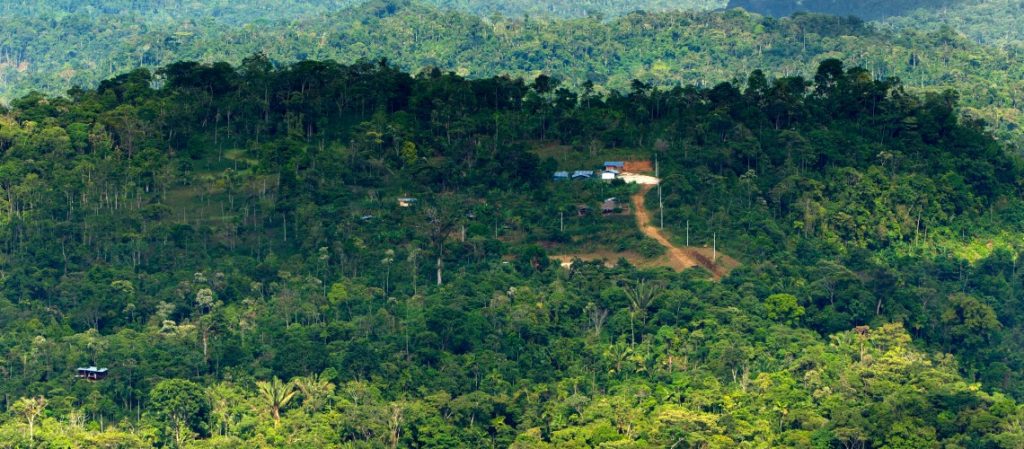By Gabriela Albuja
As global consumption of goods increases so does the demand for products that meet standards for sustainability. In fact, the market for certified products is growing faster than markets for conventional commodities. This is one of the key findings from The State of Sustainable Markets 2017 from the International Trade Centre in collaboration with the Research Institute of Organic Agriculture and the International Institute for Sustainable Development.
The report examines the major trends for 14 global sustainability standards across 8 sectors: banana, cacao, oil palm, tea, soybean, cotton, sugarcane, and coffee and emphasizes the growth experienced so far and the vast potential ahead.
Here are 5 key takeaways from the report:
1) Continuous growth is ubiquitous, across all sustainability standards and certified agricultural products
- From 2011 to 2015, all 14 standards experienced growth in their respective areas.
- The biggest growth was experienced by Better Cotton Initiative (BCI), which expanded its certified area almost nine-fold between 2011 and 2015.
- This trend was followed by a five-fold growth in certified area by the Round Table for Responsible Soy (RTRS) and threefold growth of Cotton Made in Africa (CmiA).
- Certified area for cotton, banana, and tea experienced the highest growth rates between 2011 and 2015, increasing more than three times, almost three times, and more than twofold, respectively.
2) Although initially seen as a niche market, forest certification has become a lot more mainstream due to legislation and commitments from major players like Ikea, Home Depot, and Lowes.
- Certified forest area grew 61% between 2008 and 2015.
3) The coffee sector is well positioned to become the world´s first sustainable commodity as it is the product with the highest percentage of certified area.
- At least 25% of global coffee area is certified with one or more sustainability standards.
4) Organic is the biggest sustainability standard in terms of area coverage and the one with the largest variety of agricultural products. Yet there is much more potential for growth.
- More than 50.9 million hectares were organic certified in 2015. While bigger than all of Spain, this represents only 1.1% of all agricultural land worldwide.
- At least 27 product groups were organic certified in 2015.
5) There is growth potential for sustainability standards across all products, especially soy, sugarcane, banana, and cotton, which have the largest uncertified areas of production.
- Only 2% of global soy area is certified (Organic, ProTerra Foundation, Round Table for Responsible Soy )
- Only 4% of global sugarcane area is certified (Bonsucro, Fairtrade International, Organic)
- Only 5% of global banana area is certified (Fairtrade International, GLOBAL G.A.P., Organic, Rainforest Alliance/Sustainable Agriculture Network).
- Only 9% of global cotton area is certified (Better Cotton Initiative, Cotton Made in Africa, Fairtrade International , Organic)
It´s clear that certified sustainable production is increasingly gaining importance in consumer markets and shows no signs of being a trend that is likely to go away any time soon. Although coffee is leading the way with one quarter of global production certified, there is continuous growth in all other examined commodities. The low levels of certified area in commodities such as soy, sugar cane and cotton which contribute to tropical deforestation and biodiversity loss points to a significant need for improvement (as does the uneven treatment of deforestation risk by sustainability standards as we reported in an earlier blog).
To learn more details on the state of sustainable markets and major standards, check out the complete study here.
Featured image credits: Forest Trends


